
Makeup Artist
魔法界における善と悪の間で起こる戦いは本格的な交戦へとエスカレートする。この争いは今までで最も危険なものであり、もはや誰の身も安全ではない。しかしながらヴォルデモートとの最終決戦の時、最後の犠牲を払わなければならないのはハリー・ポッターなのである。
そして、ここに全てが終結する。

Makeup Artist
物語はハリー、ロン、ハーマイオニーに課せられた使命であるヴォルデモート抹殺の鍵を握る“分霊箱”を見つけ出すところから始まる。今や守ってくれる人も、導いてくれる師も失い、これまで以上に固い結束を求められるハリーたち。しかし、闇の力が、しっかりと結ばれたはずの3人の絆を引き裂いていく・・・・・。
一方、かつてないほど危険な場所となった魔法界。長いあいだ恐れられてきたヴォルデモート卿の復活が現実のものとなり、魔法省ばかりか、ホグワーツ魔法魔術学校までもが死喰い人の支配下に置かれた今、安全な場所はもはやどこにもなくなった。ヴォルデモート卿の命令により、ハリーを生け捕りにしようとする死喰い人の魔の手が迫る。
そして、分霊箱の手がかりを探すうちに出会った「死の秘宝」の伝説。ほとんど忘れられた古い物語に記されたその伝説が本当なら、ヴォルデモートは、分霊箱を上回る究極の力を手に入れてしまうかもしれない・・・・・。
ハリーはまったく知らないが、彼の未来は、彼自身の過去によってすでに決められているのだ。“生き残った男の子”になった日に、ハリーの運命は決まった。
初めてホグワーツの門をくぐったあの日からずっと積み重ねてきた準備―――それらはすべて、このヴォルデモートとの決着の日のために・・・・・。
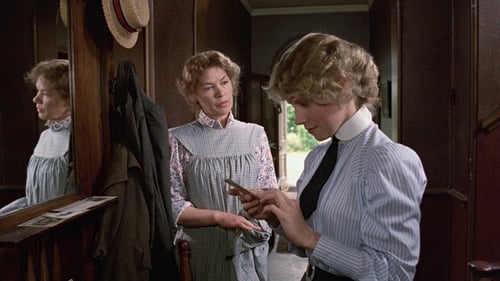
Makeup Supervisor
Ken Russell's rather loose adaptation of the last part of D.H. Lawrence's "The Rainbow" sees impulsive young Ursula coming of age in pastoral England around the time of the Boer War. At school, she is introduced to lovemaking by a bisexual physical education instructress. While experiencing disillusionment in her first career attempt (teaching), she has an affair with a young Army officer, who wants to marry her. Unable to accept a future of domesticity, she breaks with him, and eventually leaves home in search of her destiny.
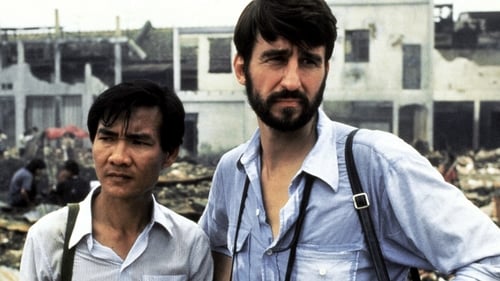
Makeup Artist
ピューリッツァー賞に輝いたノンフィクションを原作とした社会派映画。クメール・ルージュによる内乱渦巻く1970年代のカンボジアを舞台に、取材にきた米国人記者と現地人助手との絆を描く。
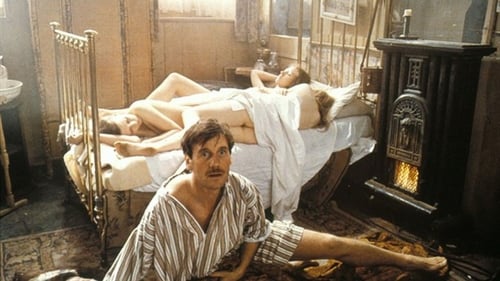
Makeup Supervisor
In 1905, after 10 years of missionary work in Africa, the Rev. Charles Fortesque is recalled to England, where his bishop gives him his new assignment - to minister to London's prostitutes.

Makeup Designer
In 1905, after 10 years of missionary work in Africa, the Rev. Charles Fortesque is recalled to England, where his bishop gives him his new assignment - to minister to London's prostitutes.

Makeup Artist
When her husband's arrest leaves her penniless, a woman accepts an invitation to move in with a strange couple.

Makeup Designer
The film suggests Nijinsky was driven into madness by both his consuming ambition and self-enforced heterosexuality, the latter prompted by his romantic involvement with Romola de Pulszky, a society girl who joins impresario Sergei Diaghilev's Ballets Russes specifically to seduce Nijinsky. After a series of misunderstandings with Diaghilev, who is both his domineering mentor and possessive lover, Nijinsky succumbs to Romola's charms and marries her, after which his gradual decline from artistic moodiness to complete lunacy begins.

Wigmaker
Brian Cohen is an average young Jewish man, but through a series of ridiculous events, he gains a reputation as the Messiah. When he's not dodging his followers or being scolded by his shrill mother, the hapless Brian has to contend with the pompous Pontius Pilate and acronym-obsessed members of a separatist movement. Rife with Monty Python's signature absurdity, the tale finds Brian's life paralleling Biblical lore, albeit with many more laughs.
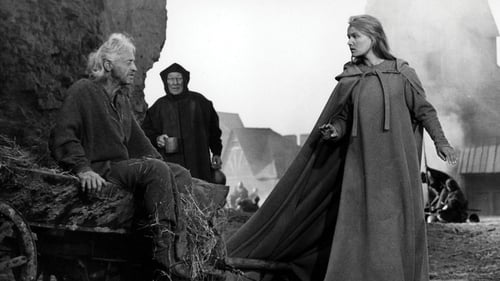
Makeup Artist
King Lear, old and tired, divides his kingdom among his daughters, giving great importance to their protestations of love for him. When Cordelia, youngest and most honest, refuses to idly flatter the old man in return for favor, he banishes her and turns for support to his remaining daughters. But Goneril and Regan have no love for him and instead plot to take all his power from him. In a parallel, Lear's loyal courtier Gloucester favors his illegitimate son Edmund after being told lies about his faithful son Edgar. Madness and tragedy befall both ill-starred fathers.
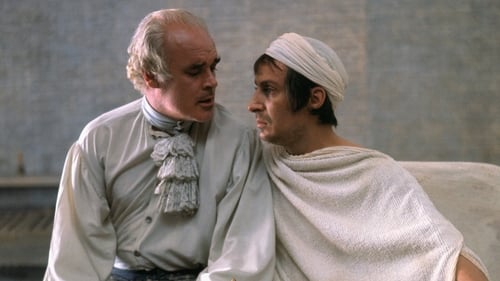
Wig Designer
In Charenton Asylum, the Marquis de Sade directs a play about Jean Paul Marat's death, using the patients as actors. Based on 'The Persecution and Assassination of Jean-Paul Marat as Performed by the Inmates of the Asylum of Charenton Under the Direction of the Marquis de Sade', a 1963 play by Peter Weiss.

Makeup Designer
In Charenton Asylum, the Marquis de Sade directs a play about Jean Paul Marat's death, using the patients as actors. Based on 'The Persecution and Assassination of Jean-Paul Marat as Performed by the Inmates of the Asylum of Charenton Under the Direction of the Marquis de Sade', a 1963 play by Peter Weiss.











